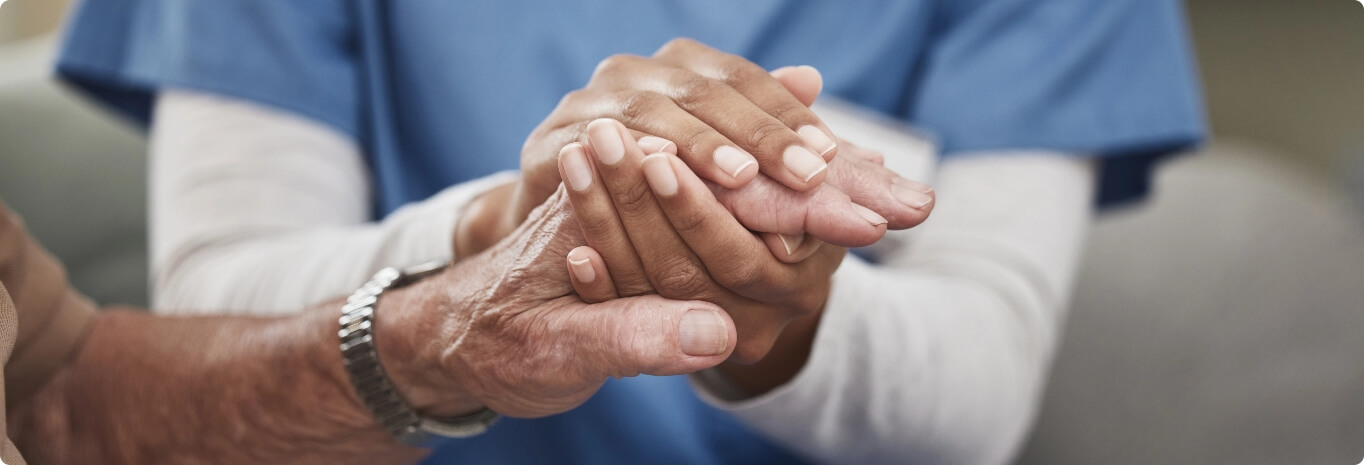Since 1954, Anti-Leprosy Campaign (ALC) has been responsible for all leprosy-related activities in Sri Lanka, including policy-making, program planning, implementation, and research. Our government clinics offer free Multi drug therapy (MDT treatment), with the Central Leprosy Clinic providing walk-in services for all leprosy patients. Our team of healthcare professionals also conducts awareness programs, contact screening, and surveys to improve disease control.
